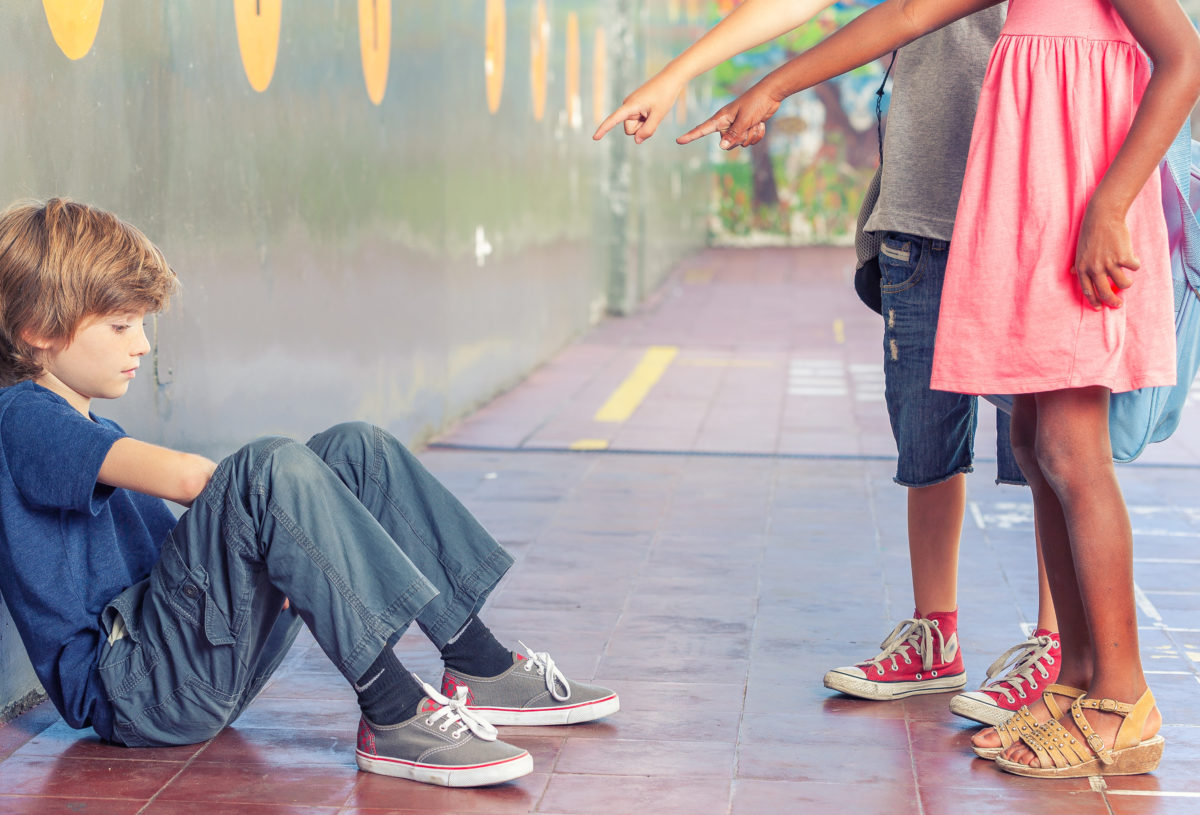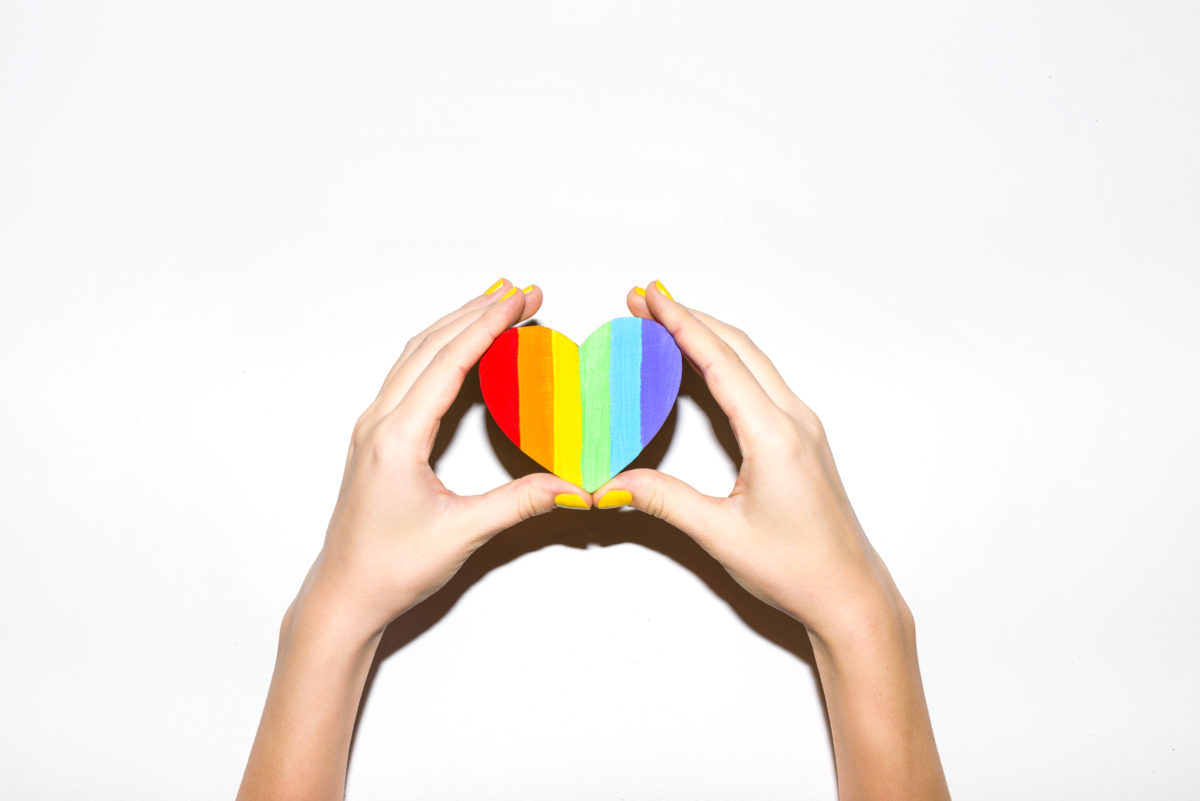What is Relational Bullying?
All kids want friends and to be liked and accepted by their peer group. Relational bullies use this normal human need against our children, using the power of the group as a tool to harm.
Youth, especially in
junior high and high school want to be liked and accepted.
Relational bullies use this
against them.
Their weapon is typically a group of people or their peers. Relational bullies use social groups to hurt their peers and the peer’s standing within a group. It can be hard to detect social bullying and unfortunately because it isn’t overt, it can go on for a long time unnoticed (think of the movie Mean Girls, a movie about social bullying). Oftentimes people will overlook it as simple teasing.
What does Relational Bullying Look Like?

If it is often recognized as teasing, how bad can relational bullying be?
Though often no physical scars can be seen, the emotional ones can be quite severe. These include but are not limited to:
Depression
Anxiety
Low self-esteem
Feelings of rejection
Missing school
Withdrawing from family and friends
Alcohol and drug use
Suicidal ideation (thoughts of suicide)
More likely to attempt or die by suicide
Anger
Confusion
Sudden drop in grades
Change in behavior
Long term emotional trauma
The feeling of being powerless
Post-Traumatic Stress Syndrome
All of these lasing well into adult hood
Relational Bullying and
LGBT Youth
The seriousness of social bullying cannot be denied.
Numerous studies have shown that lesbian, gay, and bisexual youth have a higher rate of suicide attempts than do heterosexual youth. The Suicide Prevention Resource Center synthesized these studies and estimated that between 5 and 10% of LGBT youth, depending on age and sex groups, have attempted suicide, a rate 1.5-3 times higher than heterosexual youth.[22] A U.S. government study, titled Report of the Secretary’s Task Force on Youth Suicide, published in 1989, found that LGBT youth are four times more likely to attempt suicide than other young people
What We ALL Can Do to Help
Social bullying is complex, but together we can stop our children from hurting each other.
Talk to your children. Help them understand what bullying is. Teach them that it is unacceptable.
Listen to your kids. If they come to you with a bullying issue, don’t dismiss it as teasing. If they are being hurt by it, it isn’t ok. We have been raised that sensitivity is bad. That is not right. Compassionate and sensitive kids are very much needed in our world. Help them love who they are, not necessarily who society tells them they need to be.
Model kindness, compassion, and acceptance in your home. Children mirror what they see. I have seen acceptance cut bullying off at the knees.
Let your child know that if they see someone being bullied, it is ok to tell a trusted adult. If they are scared of retaliation,
let them know they can remain anonymous. Make sure the schools and the trusted adults respect the anonymity.
If your child has been a victim, counseling may be helpful. The counselor can help them find ways to constructively work through the pain.
Tell the school if your child is being bullied. Remember, you are oftentimes the best and only advocate your child has. If the school won’t listen go to the school board and school Superintendent.
If you find your child is the bully, seek help. Listen and determine what is wrong and then seek professional help such as counseling. Though it is no excuse, that child is often hurting themselves.

